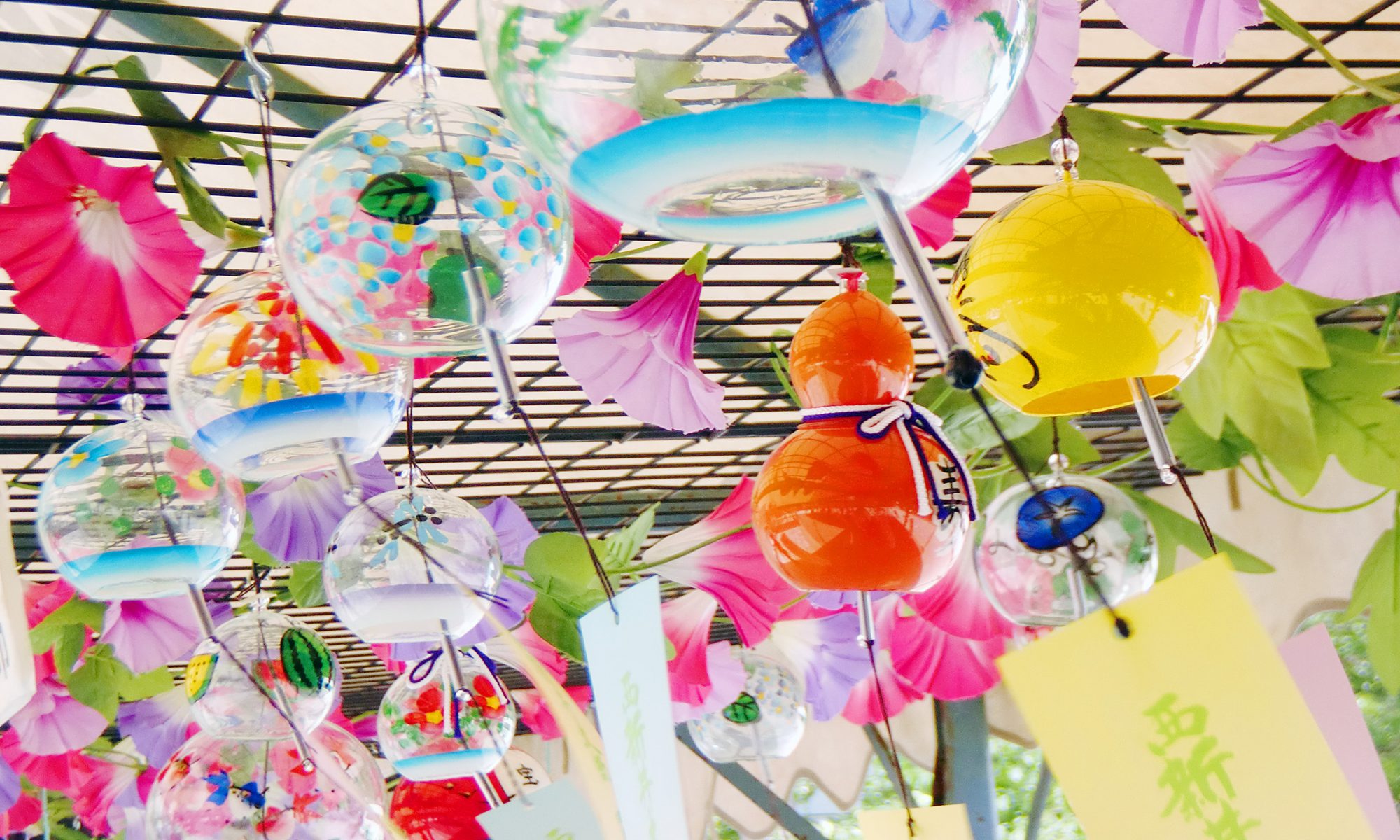[Last updated: August 5, 2022]
You may know Ginza as Tokyo’s luxury shopping district, but did you know that it’s also a veritable museum of buildings designed by some of the world’s leading architects? We took part in Architectura Ginza, a tour (available in both Japanese and English) that makes learning about the unique history of one of Tokyo’s most famous neighborhoods fascinating for architecture buffs and amateurs alike.
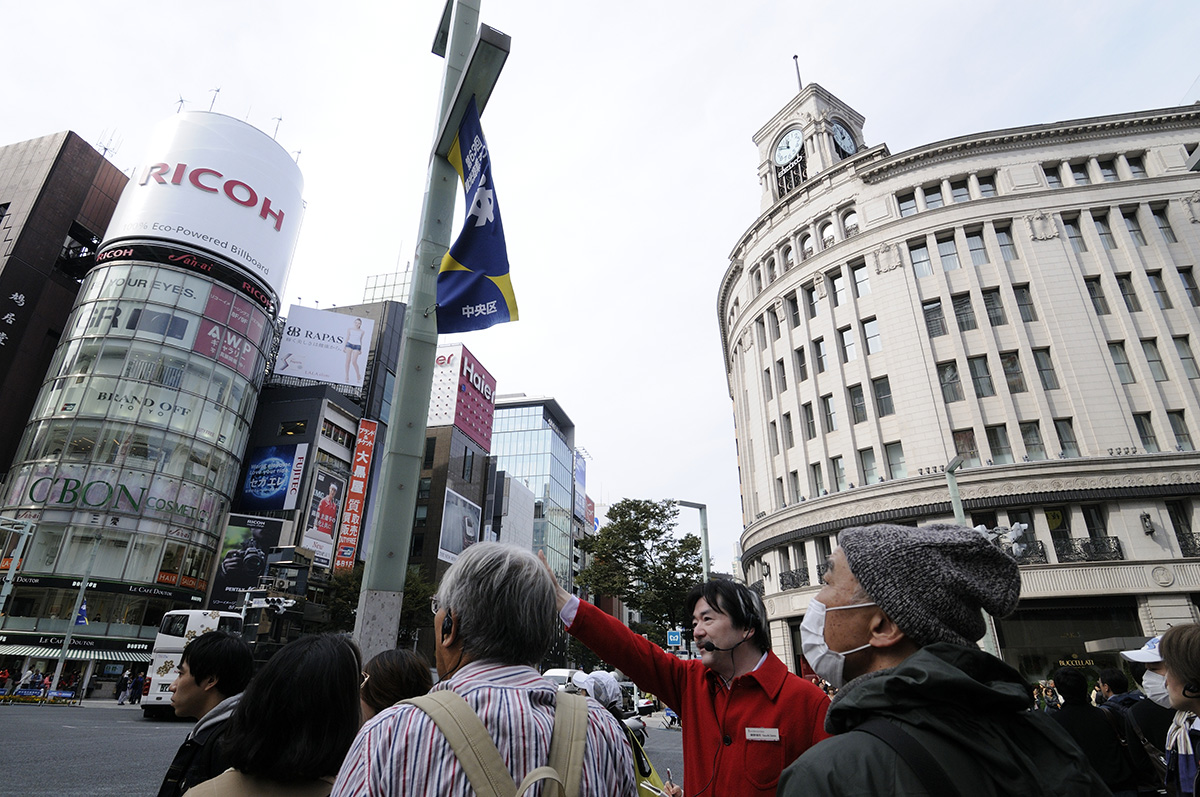
Architectura Ginza: A Tour of Ginza’s Modern Architecture
Sunday, November 1, 2015 from 10:30 a.m. to 12:00 p.m. (English-language course) and 3:00 p.m. to 4:30 pm (Japanese-language course).
Organized by Architecture Exhibition in Ginza.
URL: https://www.facebook.com/ginzamikke/
A Walk on the Artistic Side: See the Streets of Ginza as Never Before
Having evolved from the pre-war days through the postwar period of rapid economic development, Ginza is the perfect venue to appreciate how Japanese architecture has been carried down from past to present. Architectura Ginza takes you on a tour of remarkable masterpieces by luminaries of modern architecture including Kenzo Tange, Kisho Kurokawa, Toyo Ito, and Shigeru Ban. Where are these masterpieces to be found? Why, right on the streets of Ginza—if you know where to look. Fortunately for us, architectural historian Yasushi Zenno was there to direct us and explain in fascinating detail the marvels before our eyes. Tours are given in the morning and afternoon, each limited to ten people to ensure a cozy, comfortable atmosphere.
Yasushi Zenno: Architectural Historian
Born in Tokyo, Mr. Yasushi Zenno majored in architectural history and theory at the University of California in Los Angeles and Columbia University’s Graduate School of Architecture, Planning, and Preservation in NYC. He currently teaches at Aoyama Gakuin Women’s Junior College. He began his latest project, Architectura Ginza in the fall of 2015. For English-language tour requests, please contact him directly at zzzzEnno@yahoo.co.jp.
instagram:architecturatokyo
Modern Architecture Course – October 1, 2015 (*Year of completion in parentheses)
1) Shizuoka Shimbun Hoso Building (1967) → 2) Dentsu Ginza Building (1934) → 3) Taimei Elementary School (1929) → 4) Sony Building (1966) → 5) Maison Hermes (2001) → 6) Louis Vuitton Ginza Namikidori(2004)→ 7) Daiichi Sugahara Building (1934) → 8) Tokyo Ginza Shiseido Building → 9) Ginza Six (2016) → 10) Ginza Lion Building (1934) → 11) Nicolas G. Hayek Center (2007) → 12) Nakagin Capsule Tower Building (1972) → 13) Ginza Kabukiza Theatre (2013) → 14) San-ai Dream Center (1963) → 15) Ginza Wako (1932) → 16) Kyobunkwan (1933) → 17) Okuno Building (1932) → 18) Kawasaki Brand Design Building (1932)
Kicking Things Off: Corporate Buildings and Boutiques, Oh My!
Our tour began at JR Shimbashi station. A short walk from here took us to historically significant corporate buildings, world-famous brand boutiques, and more.
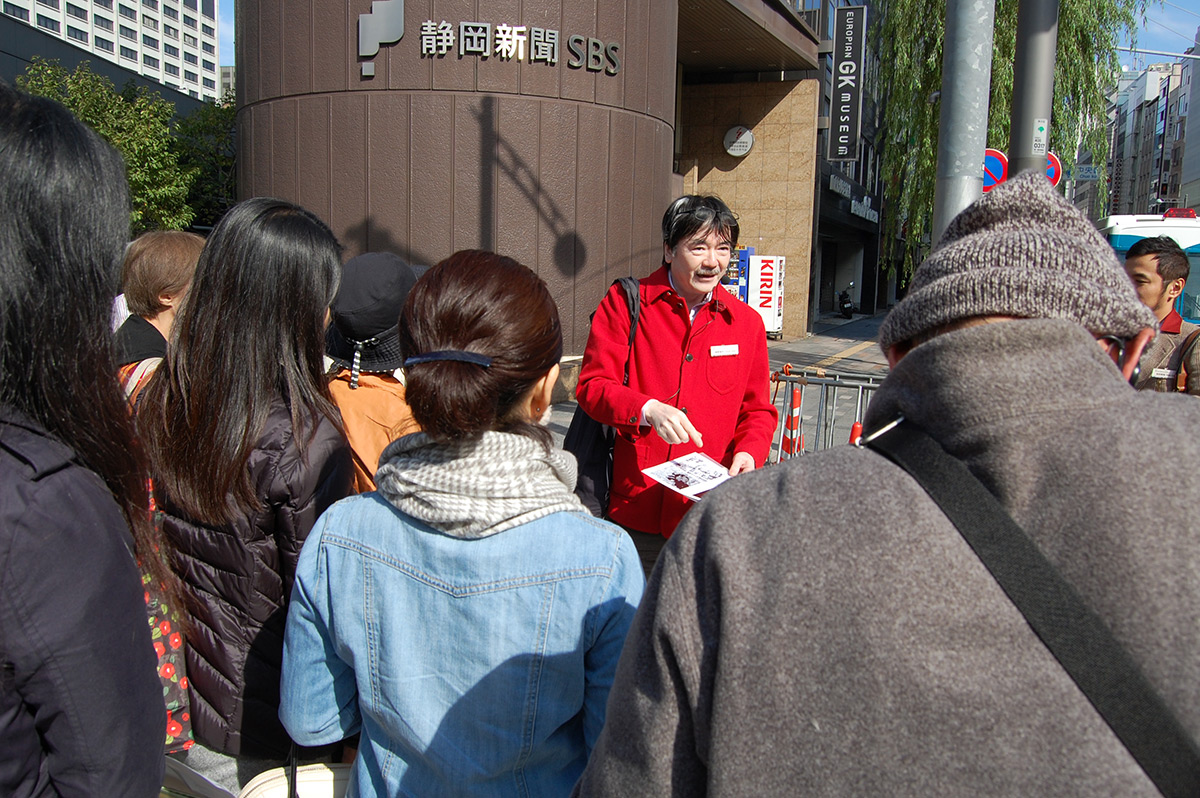
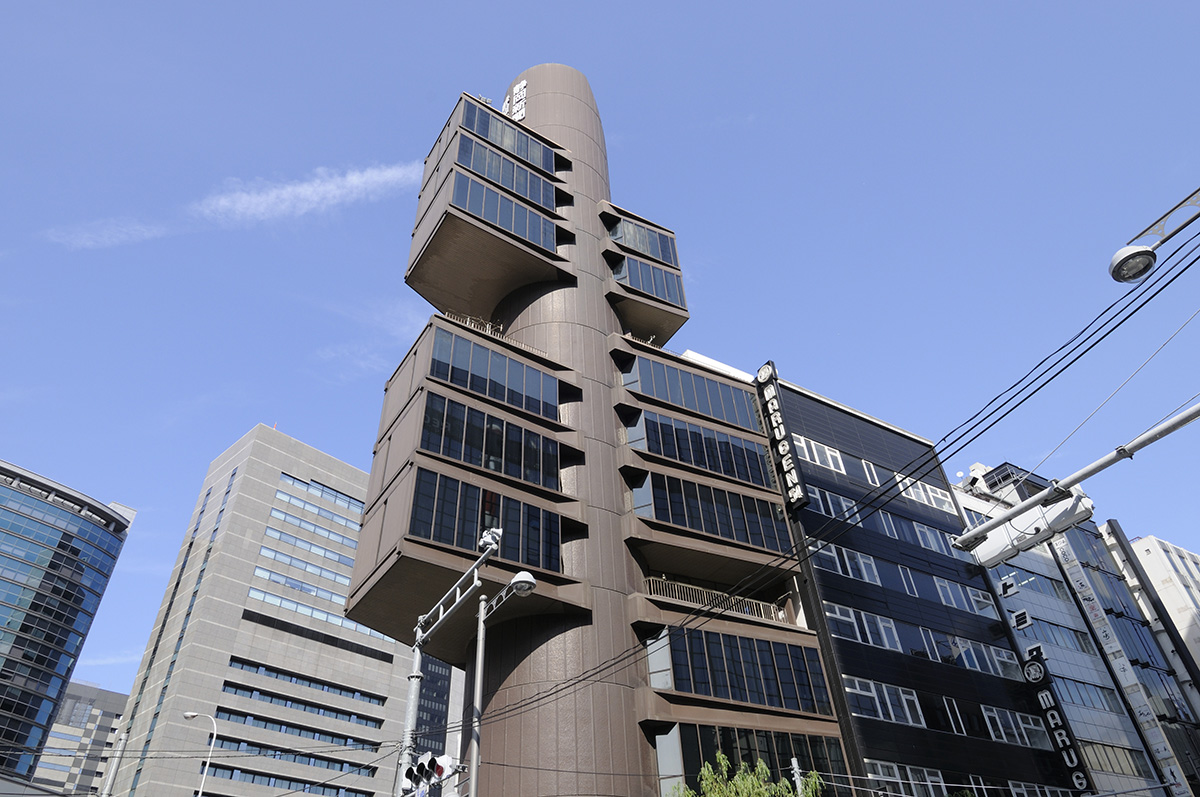
Explanations were formerly given in Japanese only, but Mr. Zenno has since added an English-speaking tour to cater to architecture aficionados from abroad.
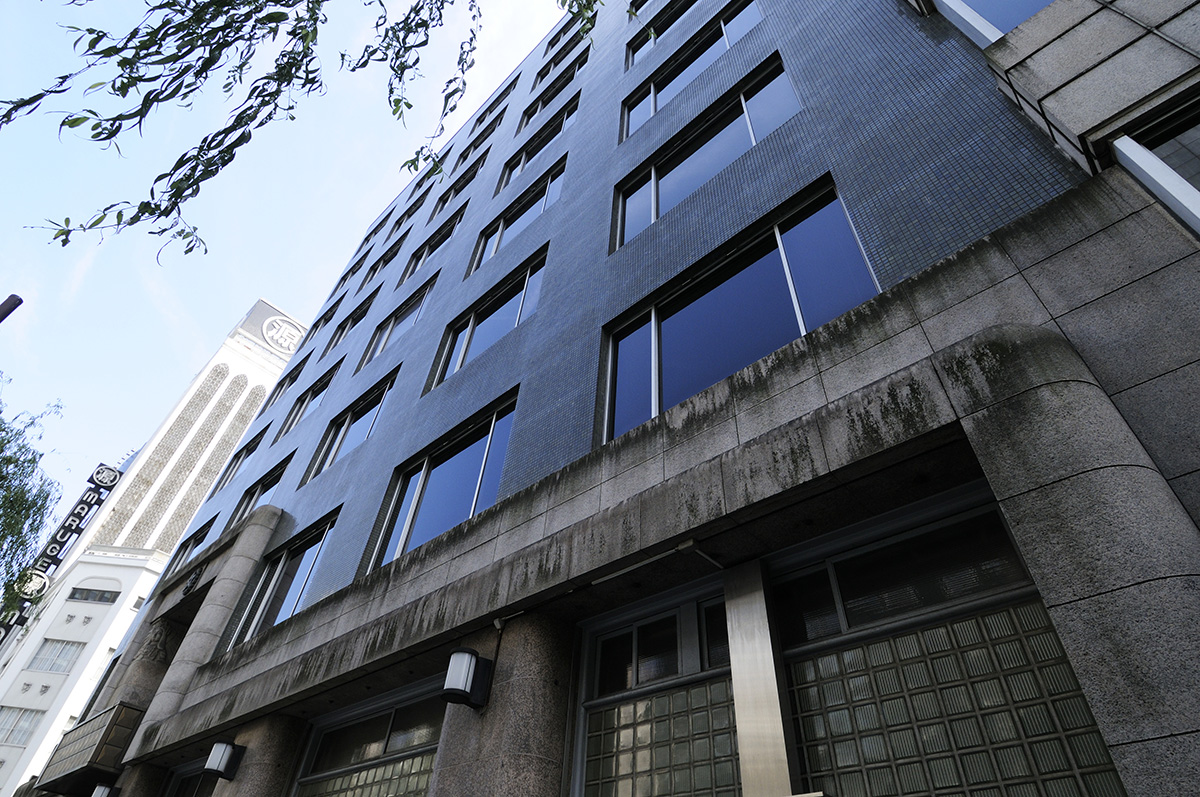

Boutiques of world-famous brands abound in Ginza.

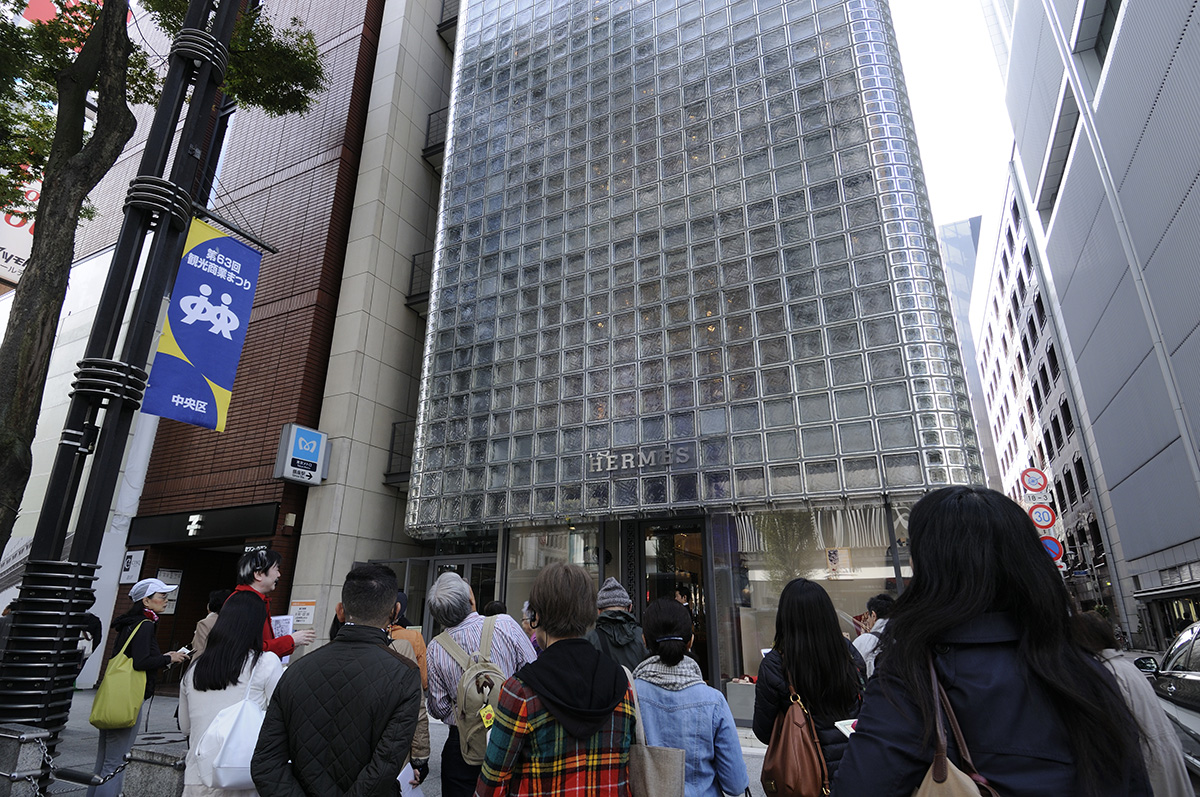
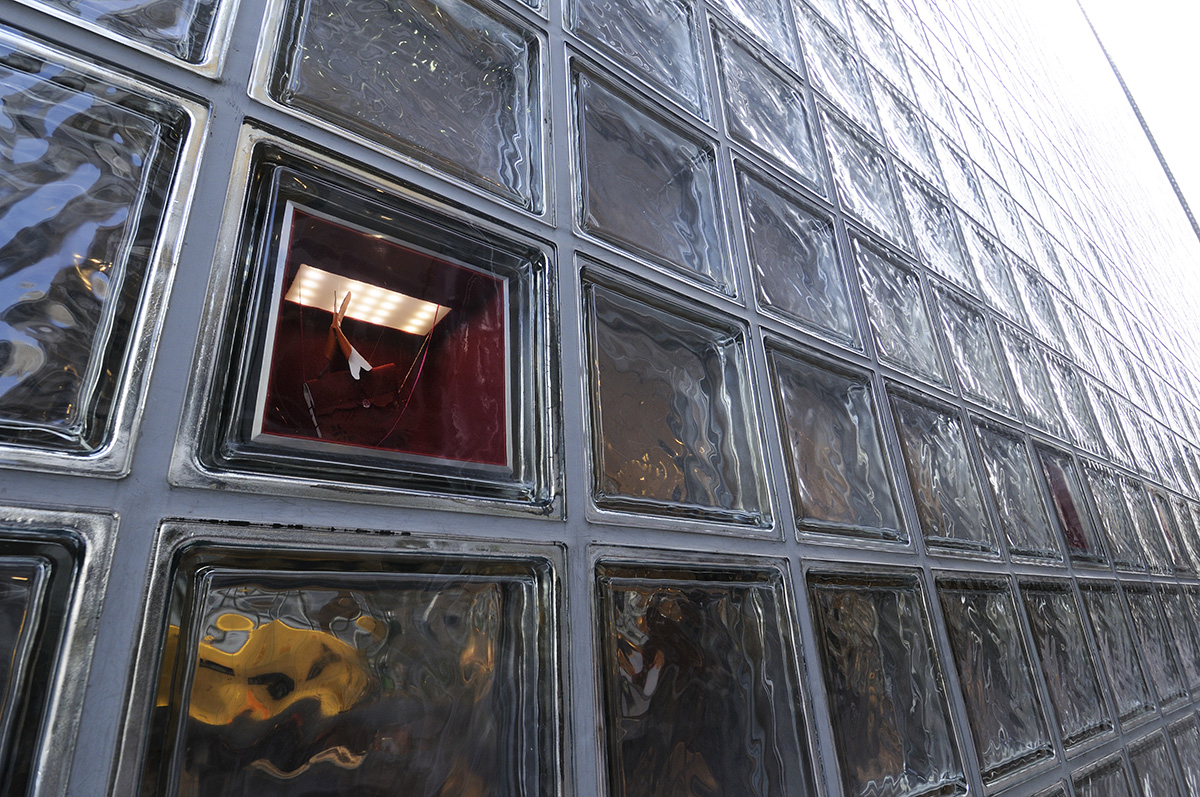
Past and Present Converge Before Your Eyes
From historically significant buildings predating World War II to modern marvels recently completed or still in construction, the streets of Ginza are truly a living museum. Hearing the stories behind these wonders and the visionaries who designed them gave us a new appreciation for Tokyo’s urban landscape.
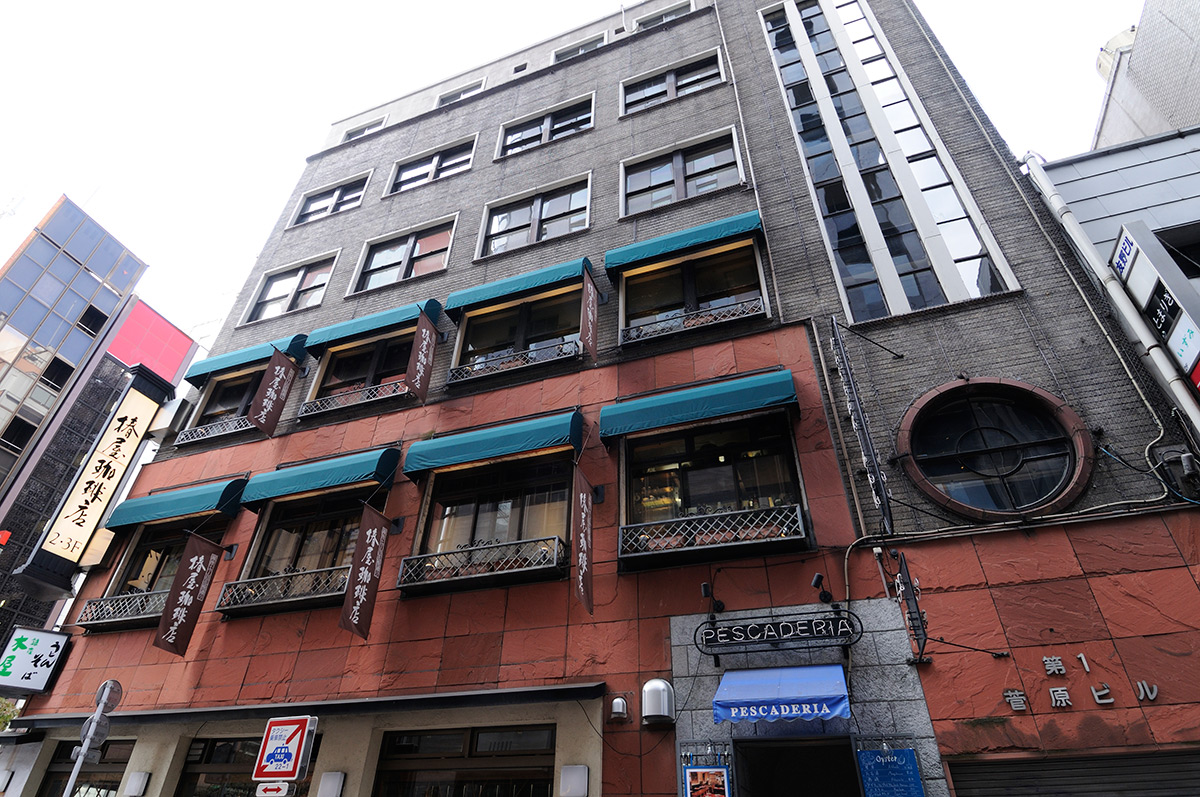
▲With its scratched-face tiles and round windows, the Daiichi Sugahara Building (1934) has a distinctly Showa Period (1926-1989) air
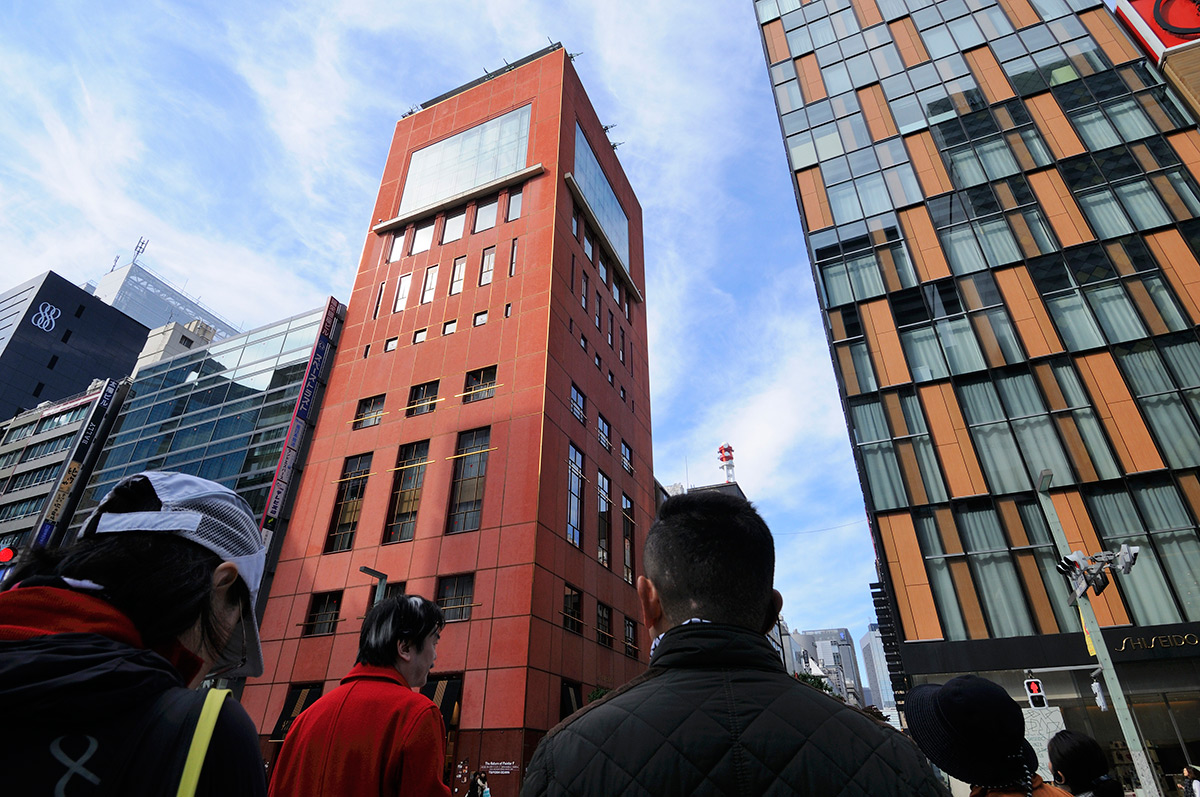
▲The Tokyo Ginza Shiseido Building, with its striking red-brick hue, is the work of Spanish architect Ricardo Bofill
The Nakagin Capsule Tower, pictured here, is a representative work of Japanese architect Kisho Kurokawa and the Metabolist movement. Historically significant and highly photogenic with its retro-futuristic look, everyone in our tour group was quick to pull out their cameras.
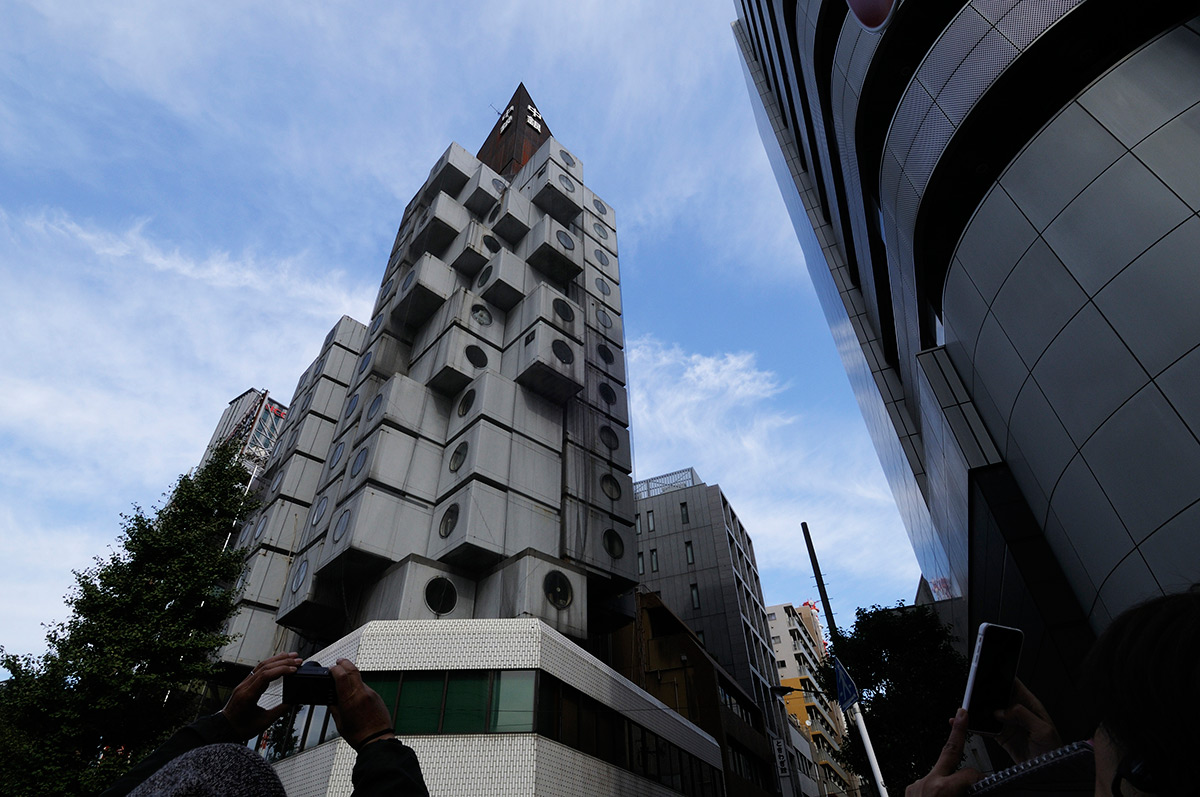
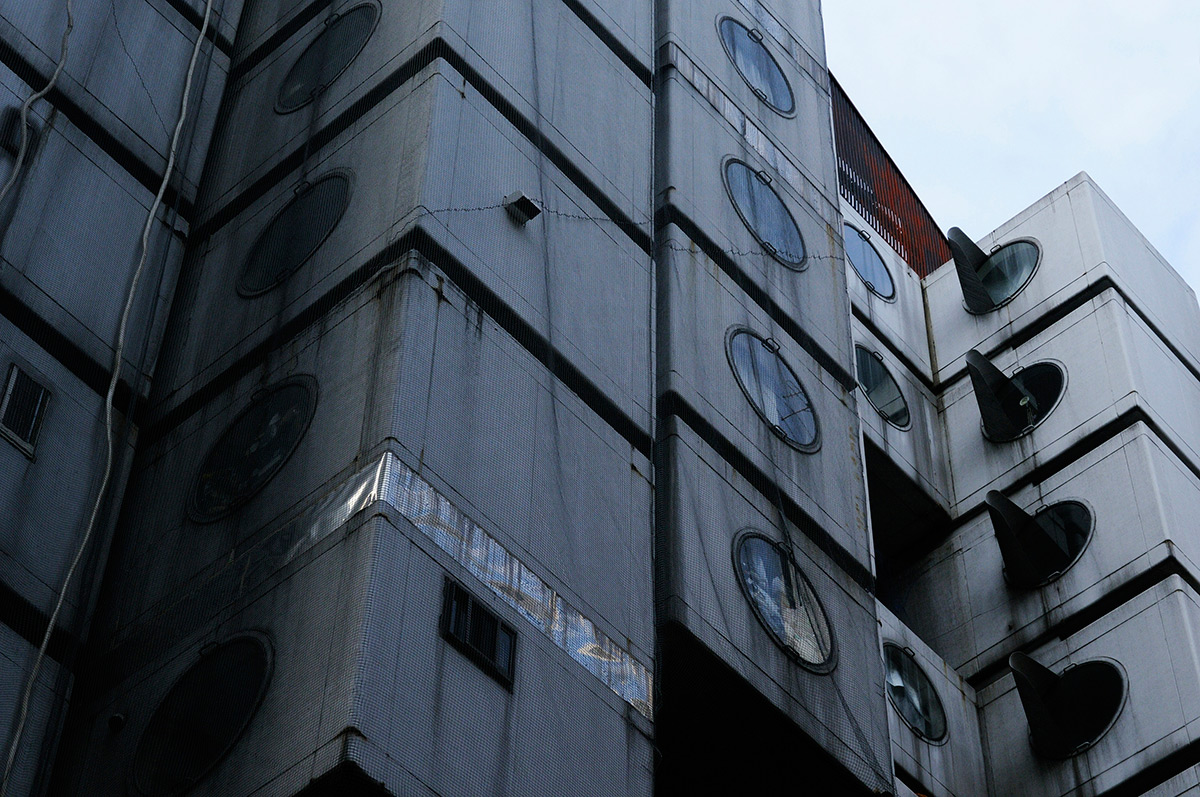

The Sights of Ginza’s Main Street and Luxury Apartments of the Past
That’s a wrap!
With so many architectural wonders to see, the tour lasted a healthy one and a half hours, taking us from wide boulevards to narrow back alleys. It was actually quite a workout! Sneakers and comfortable clothes are highly recommended.

▲The Wako clock tower is a Ginza landmark
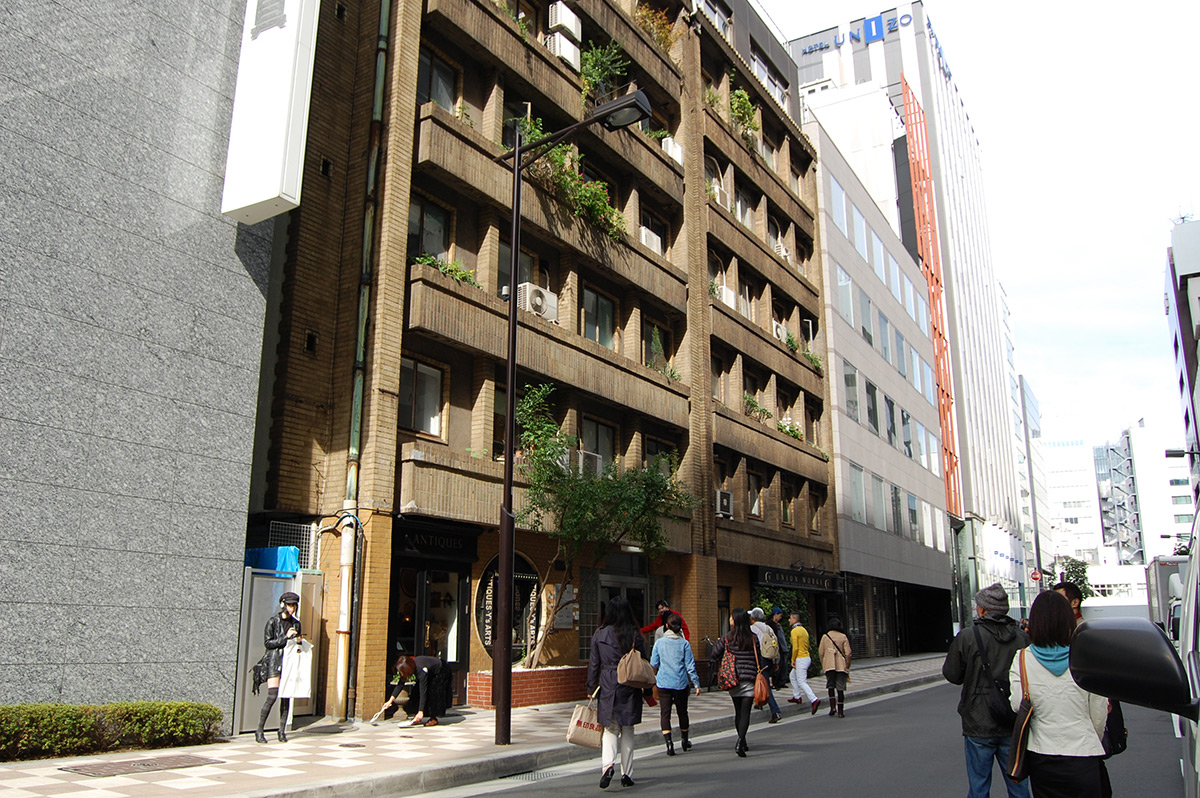
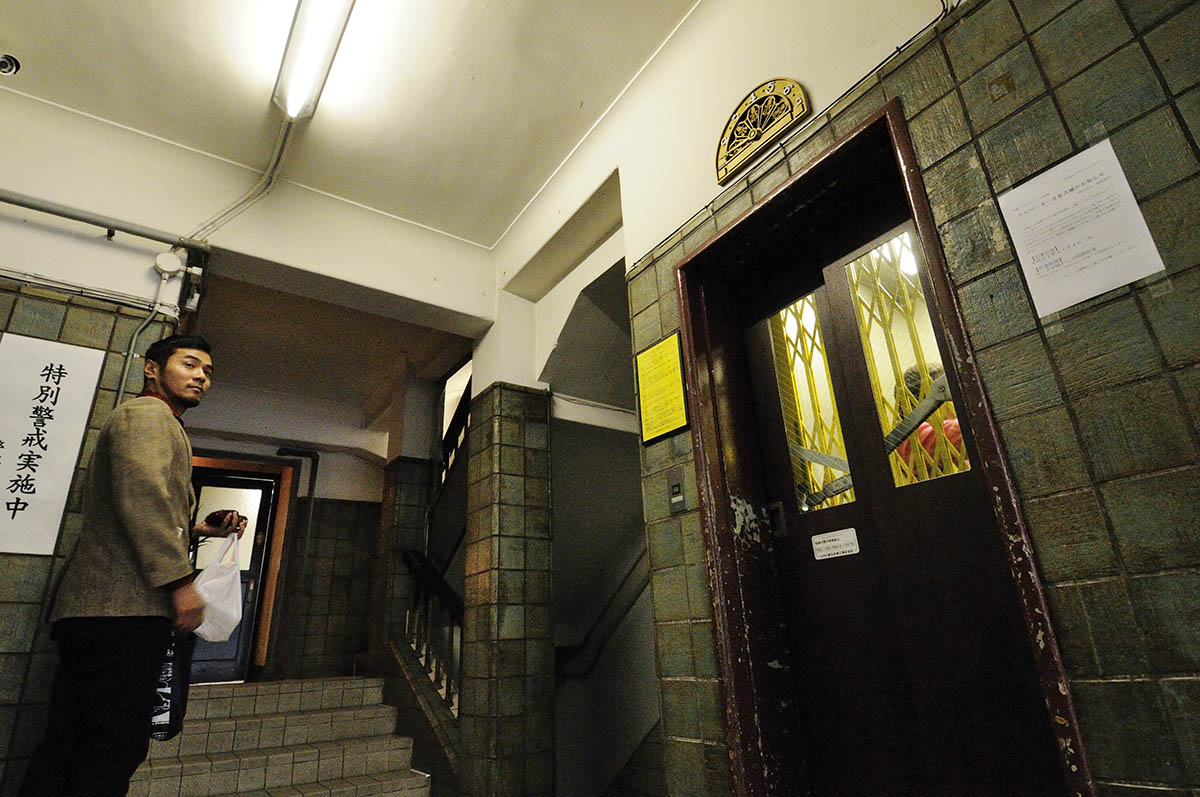
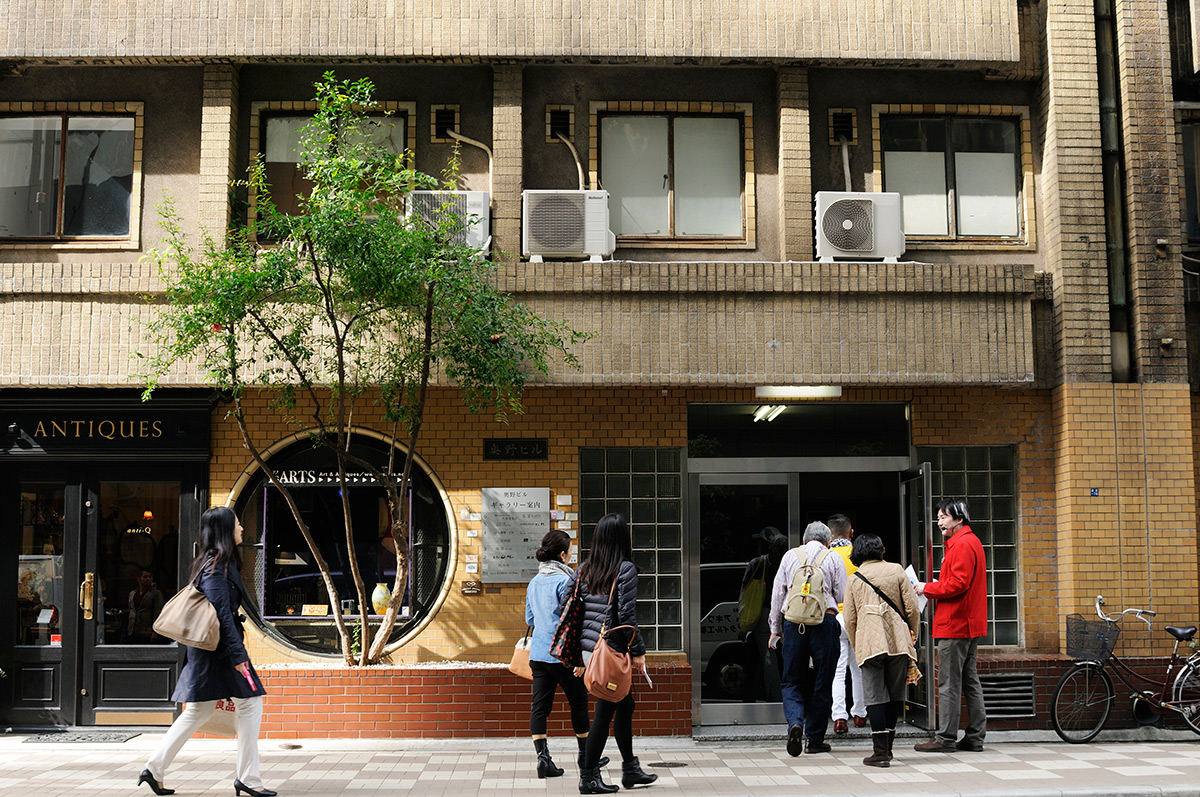
▲Completed in 1932, the Okuno Building was originally a luxury apartment complex. These days, it houses primarily antique shops and art galleries. It contains one of Tokyo’s few remaining hand-operated elevators, still in use today.
Our final destination was the Kawasaki Brand Design Building (1932), preserved today as the Ginza Retro Gallery Musee.



You don’t need to be an architect or historian to appreciate the charming beauty of the myriad buildings that line the streets and alleys of Ginza. It can’t be easy to keep these historical treasures in pristine condition, but we hope that these treasures will be preserved as is for many years to come. Have any of the photos in this article caught your eye? Why not take part in the tour and see them with your own eyes?
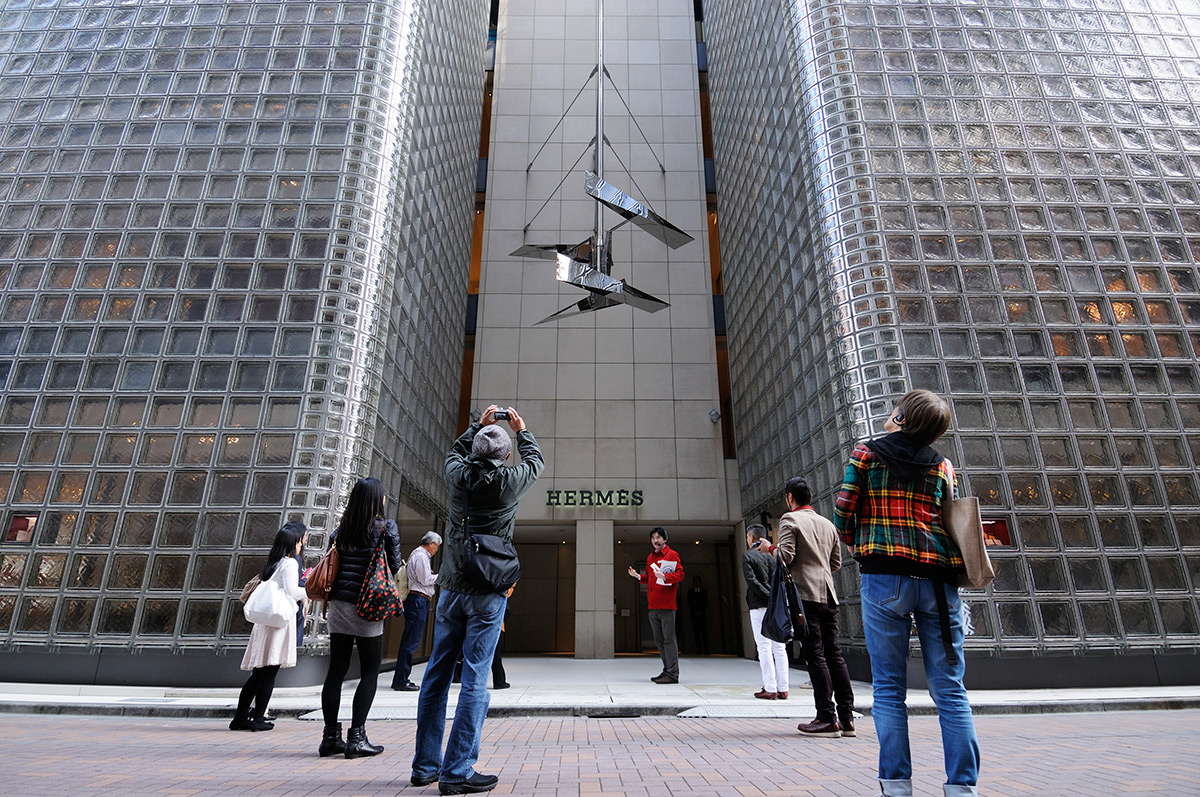
Architecture Exhibition in Ginza
A project dedicated to organizing and running exhibitions, tours, and art programs in Tokyo’s Ginza District. By hosting events and spreading information, its members hope to unite all of Ginza with a theme of art, architecture, and design, and share its beauty with the world.
URL: https://www.facebook.com/ginzamikke/
* * * * * * * *
Nakagin Capsule Girl: A Photo Collection
Compiled and edited by the Nakagin Capsule Tower Preservation and Restoration Project, published by Seigetsusha.
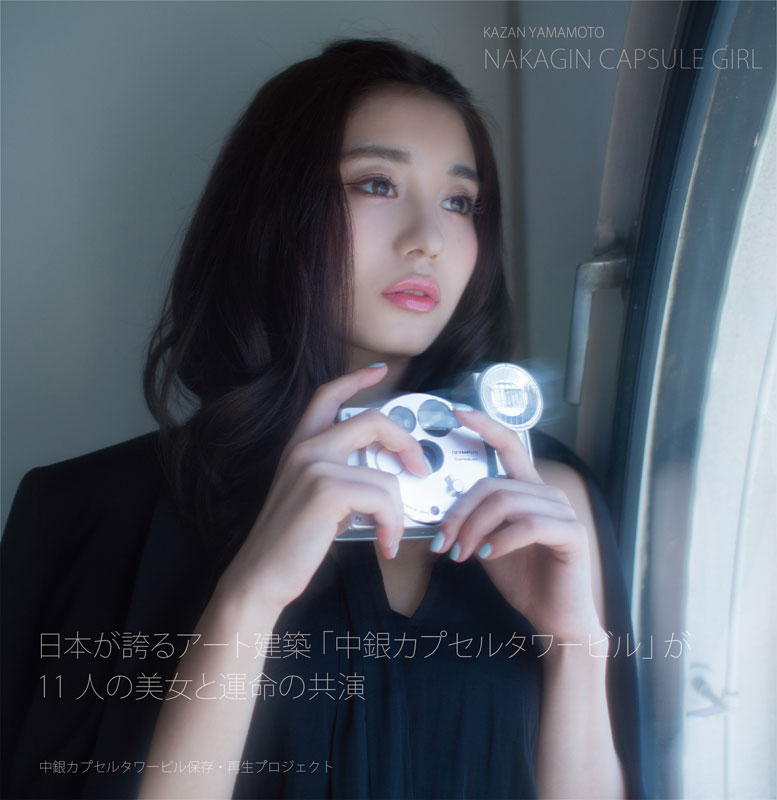
This collection by the photographer Kazan Yamamoto features images of eleven female models shot inside capsules. It marks the first publication from the Nakagin Capsule Tower Preservation and Restoration Project, an organization which seeks to revitalize architecture through the power of artistic expression. They published this photo collection with the hope of preserving this world-famous building for posterity.
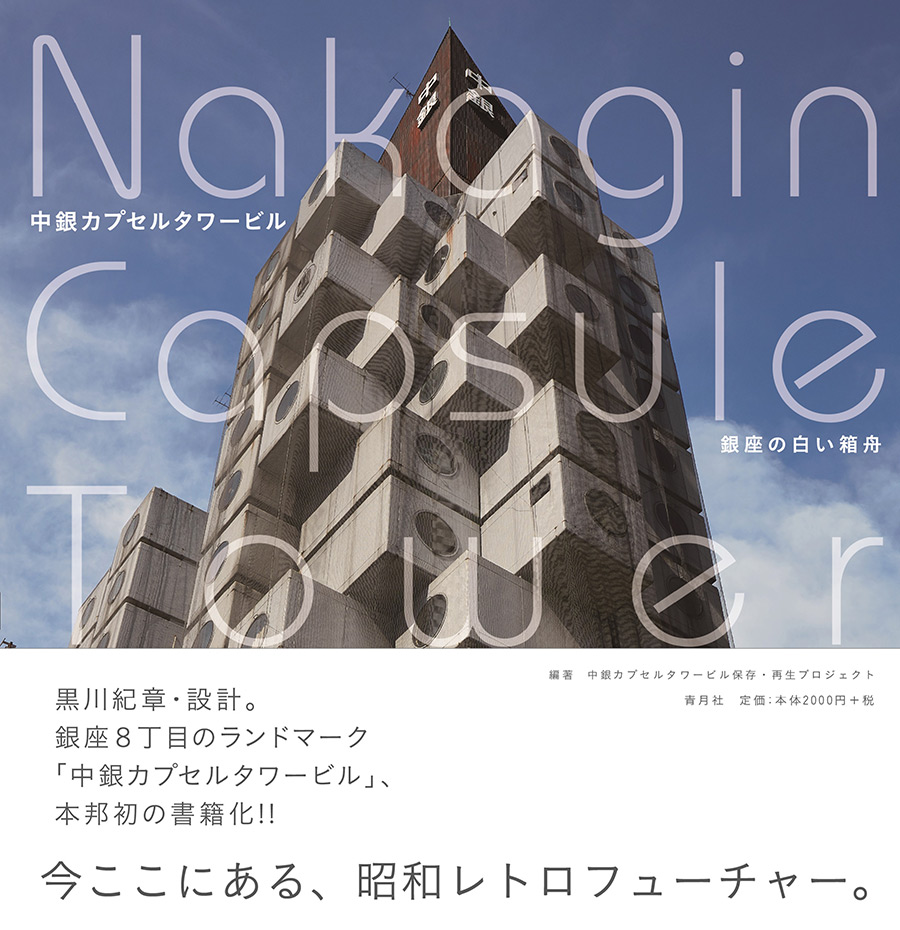
Nakagin Capsule Tower: Ginza no shiroi hakobune (“Nakagin Capsule Tower, Ginza’s White Ark)
Compiled and edited by the Nakagin Capsule Tower Preservation and Restoration Project, published by Seigetsusha.
A complete visual guide to this fascinating piece of architectural history, featuring photos from inside its many rooms. (Compiled with the assistance of the head curator of Architecture Exhibition in Ginza, who resides within the building.)
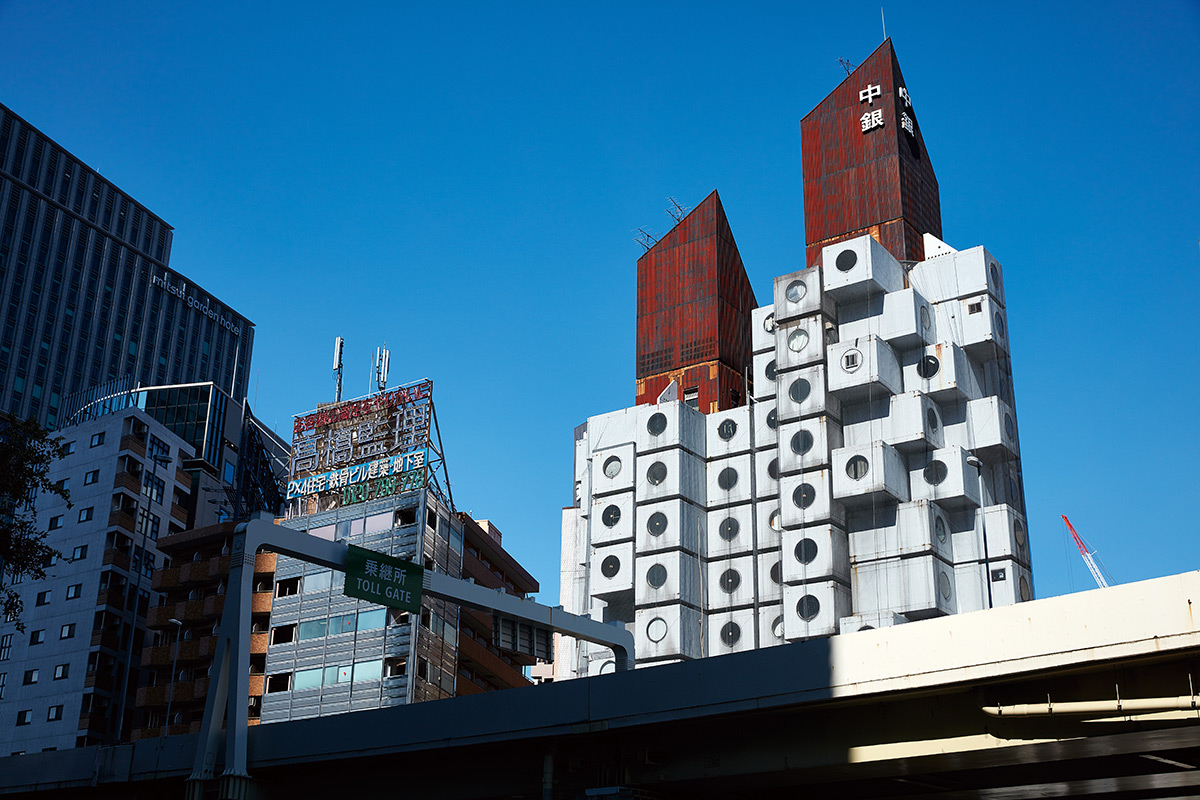
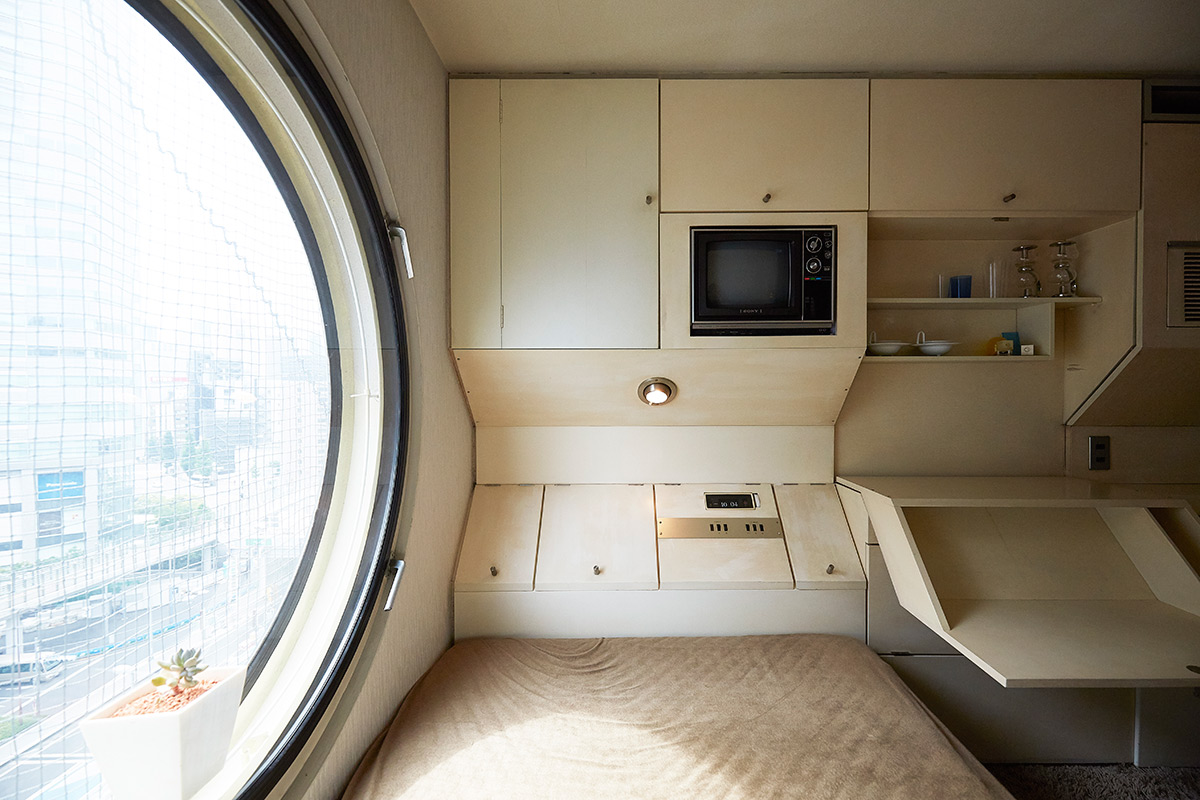

*This article was originally posted on November 24, 2015.
Translation: Jon Machida
